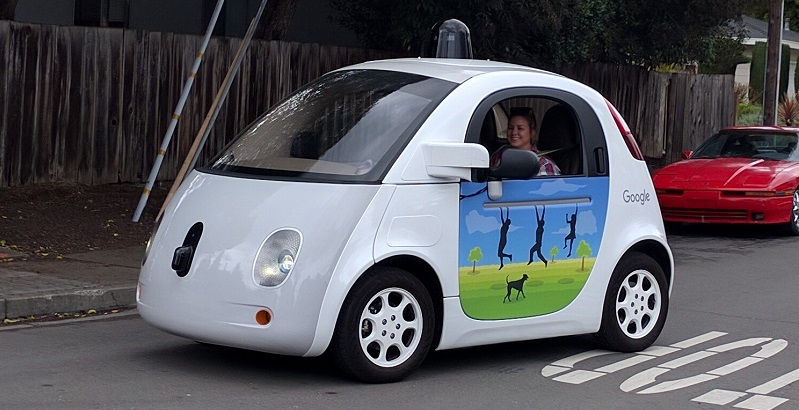Researchers estimate that driverless vehicles, such as Google’s driverless car, may reduce car accident deaths by up to 90 percent.
Researchers: The Autonomous Vehicle Market May Save Lives and Prevent Auto Accidents
While experts say everyday use of fully automated vehicles in the United States is still a few years away, Singapore recently launched the world’s first self-driving taxis. The taxi fleet is starting small with just six cars, but the company behind the autonomous cars, nuTonomy, notes that by 2018, it will have a full fleet of its vehicles on the road. While the U.S. is a little behind in establishing the technology, taking stock of the accomplishments so far and the new safety benefits is critical to moving forward in the space.
What’s Here and What’s Coming in Autonomous Vehicles
Today, it’s not uncommon to throw around the word “autonomous” as the market gets closer to the mass producing of self-driving cars. But, what people may not realize is that we’ve had components of the autonomous world in newer cars for years. According to a resource center managed by traffic safety business, researchers have been tinkering with autonomous technology since the late 1960s. Currently, there are various levels of automation in newer cars now on the road as noted by the resource center. The most popular automation technologies you can find in some current cars include:
- Automated Park Assist Technology – the advanced technology allows for hands-free parallel parking. Once engaged, the automation technology in the car automatically parks a car in a parallel spot, even in very tight spots. This Toyota-developed technology does require the driver to operate the brake and accelerator when self-parking. However, Ford has taken it a step further and with its technology, allowing the driver to exit the car while the park assist technology takes over and parks the car.
- Adaptive Cruise Control –Cruise control has been around for quite a while, but now there is a far more advanced cruise control using radar and laser systems to measure the distance and speed of other vehicles. Using this technology, the cruise control can assess all driving conditions, road conditions, as well as speed and gap time between cars to safely make autonomous road decisions.
- Automated Highway Driving Assistant –this feature also assesses the driving environment around you and automatically responds by reducing the speed of your car or making other changes. This feature is credited with reducing auto accidents due to driver fatigue.
As for the future, Consumer Reports notes there are three areas where technology needs further testing to make cars in the U.S. fully automated: sensor technology, mapping, and problem-solving computer software. Sensor technology allows the cars to “see” what is going on around the car so it can safely respond to the conditions. Mapping allows the car to understand the environment around it, including the ability to navigate through traffic and identify dangers. Finally, problem-solving computer software, which is still in the testing phase, will have to recognize and react to everyday situations, such as knowing how to react if the vehicle encounters a pedestrian or bicyclist as well as knowing that a pedestrian or bicyclist encounter is a possible scenario.
Newer Tech Leads to Safer Roads
There are many advantages to autonomous cars, including a reduction in energy consumption. But the one advantage that should have everyone excited about this technology is safety. As noted on the news website, theatlantic.com, 24,447 Americans were killed in car accidents in 2013. Using that number, researchers estimate that driverless vehicles may reduce traffic deaths by up to 90 percent.
There’s good news in Colorado when it comes to self-driving vehicles. This summer, the governor signed legislation related to testing autonomous vehicles in the state. When the technology is ready for widespread testing, Colorado will already have policies in place that will allow the state to move forward toward a self-driving automobile.

